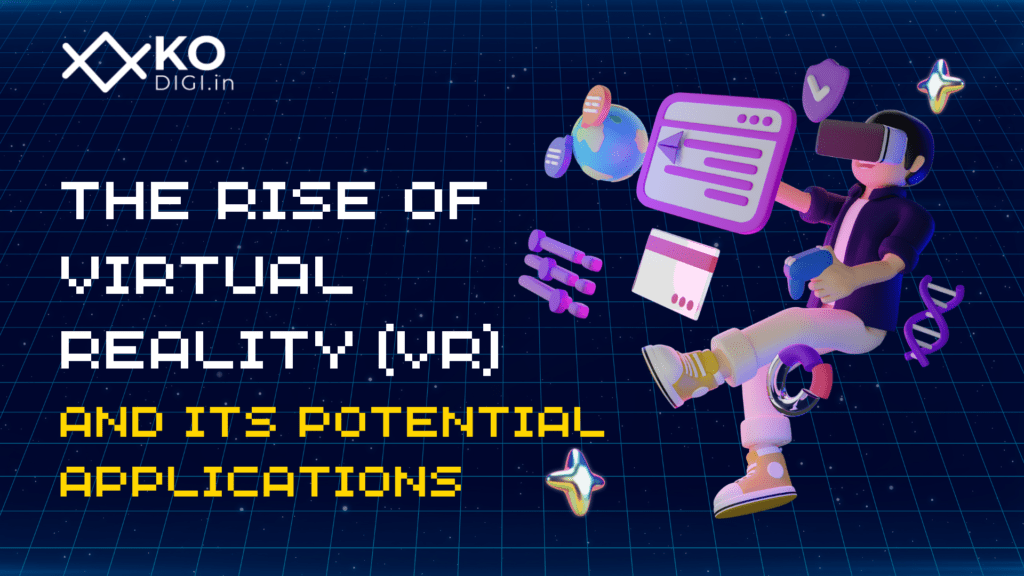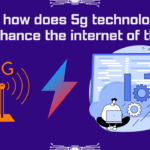Virtual reality (VR) is an immersive technology that has been developing quickly in recent years. And it has a wide range of possible uses. Since its inception, virtual reality technology has advanced significantly, and modern VR systems provide incredibly lifelike and engaging experiences that have numerous applications. We will look at a few potential uses for virtual reality technology in this post.
Gaming and Entertainment
Gaming and entertainment are virtual reality’s most obvious and well-liked applications. The popularity of VR gaming has already grown significantly, and it is expected to do so as technology improves. Gamers could benefit from a very immersive and participatory experience. VR games like Beat Saber, Half-Life: Alyx, and Job Simulator have already demonstrated this.
Education and Training
Education and training are two more possible uses for VR technology. By simulating real-world situations, virtual reality can help students practice and improve their abilities in a secure setting. For instance, pilots can drill for emergency scenarios in a virtual cockpit, while medical students can practice surgical operations in a simulated operating room. The development of soft skills like teamwork and communication as well as high-risk or dangerous vocations can both benefit from this kind of training.
Healthcare and Therapy
Virtual reality can also be used in healthcare and therapy. For example, VR therapy is being used to treat a variety of mental health disorders, such as anxiety and PTSD. Patients can be exposed to virtual environments that trigger their symptoms, allowing them to confront and overcome their fears in a controlled environment. VR can also be used to provide pain relief and distraction during medical procedures.
Architecture and Design
In architecture and design, virtual reality technology can be utilized to provide clients with a highly realistic and interactive experience of their prospective building or space. With VR technology, architects and designers can walk customers through 3D simulations of their projects to show them how the space will actually appear and feel.
Architecture and design can be greatly impacted by virtual reality technology, which enables architects and designers to provide clients with an immersive and interactive experience of their products.
VR for Design Presentation
A 3D model of the design can be created by architects and designers using VR and imported into a VR headset so that clients can explore it as if they were walking around the building.
Real-time Collaboration and Feedback
Real-time collaboration between design teams and clients is made possible with VR technology, allowing for prompt and effective feedback and revisions.
Experimentation and Error Avoidance
With the use of VR technology, architects and designers can test out various design concepts and spot any problems, which ultimately saves money and prevents delays.
Real-Time Example of Virtual Reality in Architecture and Design
The international architecture firm Gensler is one current example of how virtual reality technology is being applied in architecture and design. They have created a VR application called “Canvas” that enables customers to fully immerse themselves in their creations. Customers can interact with the virtual spaces using VR headsets to give feedback on various design components and make changes to the layout in real-time. The design of an office building in Chicago and the rehabilitation of the Chase Tower in Dallas are two projects that used this technique.
Overall, virtual reality technology can revolutionize the way architects and designers present their work, collaborate with clients, and test their ideas, providing a unique and effective tool for the field of architecture and design.
Tourism and Travel
Virtual reality is equally applicable to travel and tourism. For instance, travel agencies can design virtual tours of well-known locations to let potential tourists examine the area before booking a trip. Those who are physically or financially unable to travel may find this to be of particular use.
Conclusion
Virtual reality technology is an area that is developing quickly and has the potential to completely change a wide range of businesses. Even while virtual reality technology is still in its infancy, it has already demonstrated tremendous promise in industries including gaming, education and training, healthcare and therapy, architecture and design, and tourism and travel. We may anticipate seeing much more fascinating and cutting-edge uses in the years to come as VR technology develops.




